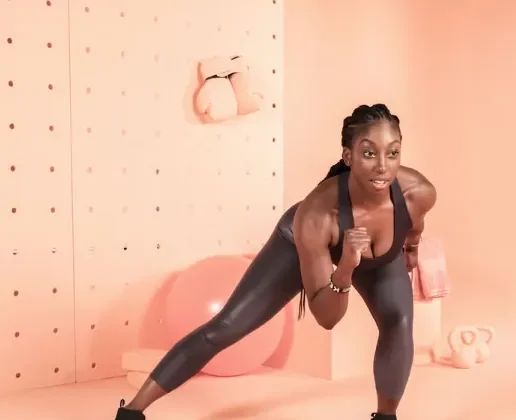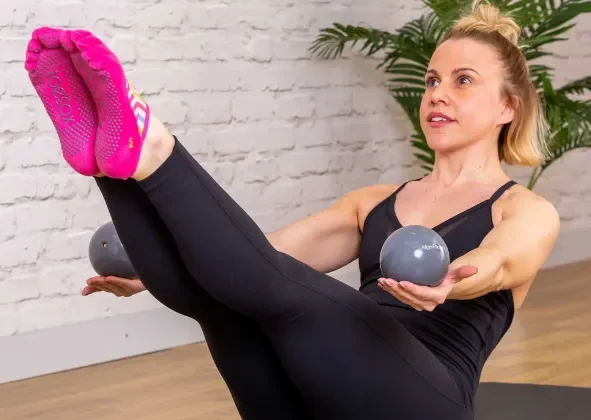
Are you finding it tough to make it to the gym due to a busy schedule or unexpected events? Maybe you’ve thought about working out at home but are unsure of the best approach. Should you follow a YouTube workout video or hire an online personal trainer? Both options have their benefits and drawbacks, and the right choice depends on your goals and preferences.
In this post, we’ll explore the pros and cons of YouTube workout videos and online personal trainers to help you decide which option suits your fitness journey best.
YouTube Workout Videos
YouTube has become one of the go-to platforms for free fitness content. From cardio routines to yoga sessions, there’s no shortage of options to explore. But while it’s convenient and accessible, are YouTube workouts the best fit for everyone? Let’s take a closer look.
Benefits of YouTube Workouts
- Instant Access
With just a few clicks, you can find a wide variety of workouts right on your phone, computer, or TV. Whether you’re looking for yoga, HIIT, or strength training, there’s a video for almost every fitness level and preference. - Flexibility
One of the biggest advantages of YouTube workouts is their flexibility. You can exercise whenever you want, whether it’s early morning, lunch break, or late at night—whatever fits your schedule. - No Pressure
Working out in the comfort of your home means you can wear whatever you like, with no fear of judgment. You can even skip the makeup and hair routine—no need for perfection! - Variety
From Pilates to aerobics and everything in between, YouTube offers a huge range of workout types. Plus, if you don’t connect with an instructor, it’s easy to find another one whose teaching style you prefer. - Free
YouTube’s greatest selling point is that it’s free! You can access countless workout videos without having to pay for a subscription or personal training fees.
Drawbacks of YouTube Workouts
- Lack of Personalization
YouTube workouts are often generic, designed for a broad audience. This means they may not always align with your specific fitness goals or level, which can lead to frustration or lack of progress. - No Feedback
You won’t get real-time feedback on your form or performance. This makes it easy to develop bad habits or push yourself too hard, increasing the risk of injury. - Safety Concerns
Many YouTube videos feature instructors performing exercises quickly or without clear cues, making it difficult to keep your form correct. Without proper guidance, you may end up performing exercises improperly, which could lead to injuries. - Limited Equipment Options
If a workout requires specific equipment that you don’t own, it could pose a problem. While you can modify some exercises, others may require a certain tool that might not be easy to substitute. - Unstructured Training
YouTube doesn’t provide a structured training program with a clear progression. It’s easy to find videos that suit your mood, but without a plan, it may be hard to track your progress or build upon previous workouts.
Online Personal Trainers
An online personal trainer is a great option if you’re looking for a customized workout plan and more direct guidance. This option is different from purchasing a generic program because it offers one-on-one interaction with a professional. Here’s why it might be the right choice for you.
Benefits of Online Personal Trainers
- Personalized Training Plans
When you work with an online personal trainer, you get a program tailored to your specific fitness goals. The trainer will assess your current fitness level and design workouts that help you build strength, improve endurance, and reach your targets safely. - Structured Approach
With an online trainer, you get a structured program that progresses over time. This helps ensure you’re not only getting variety in your workouts but also increasing the intensity gradually for maximum results. - Expert Guidance
Unlike YouTube, where form is often left unchecked, a personal trainer can monitor your exercises and correct your technique. This helps reduce the risk of injury and ensures you’re getting the most out of each movement. - Accountability
Having a trainer means you’re accountable to someone, which is key to staying motivated. Regular check-ins or scheduled sessions make it more likely that you’ll stick to your workout routine and push through challenges. - Efficient Use of Time
A personal trainer helps you avoid wasting time with exercises that don’t fit your goals. They know what works, what doesn’t, and can quickly adjust your workouts to maximize results in less time. - Access to Expertise
Trainers can provide advice on form, nutrition, recovery, and more, helping you build a more well-rounded fitness routine. Their expertise can also prevent burnout by adjusting workouts when needed.
Drawbacks of Online Personal Trainers
- Cost
While online trainers are generally more affordable than in-person sessions, they still come with a cost, especially if you’re looking for one-on-one virtual meetings. You’ll need to factor this into your budget. - Finding the Right Fit
Not all trainers are created equal. If you don’t do your research or get a good referral, you might end up with a trainer who isn’t well-suited to your needs. It’s important to ensure that your trainer understands your goals and can create a personalized approach. - Dependence on Technology
Online training requires a stable internet connection and sometimes specific apps or software for communication. Technical issues can disrupt the experience, especially if you’re relying on live sessions. - Limited Face-to-Face Interaction
While virtual personal training is a great option, it still lacks the face-to-face connection you’d get with an in-person trainer. The dynamic of in-person training can provide more immediate and detailed adjustments.
Which One is Right for You?
Both YouTube workouts and online personal trainers offer unique advantages. If you’re looking for a free and flexible option, YouTube might be the way to go. However, if you need personalized feedback, structure, and accountability, an online personal trainer could provide the support you need to reach your goals faster.
Take a moment to reflect on your fitness objectives, budget, and preferences. Are you looking for a structured program with expert guidance, or would you prefer to try different workouts on your own schedule? The best choice is the one that fits your lifestyle and helps you stay consistent and motivated.



















